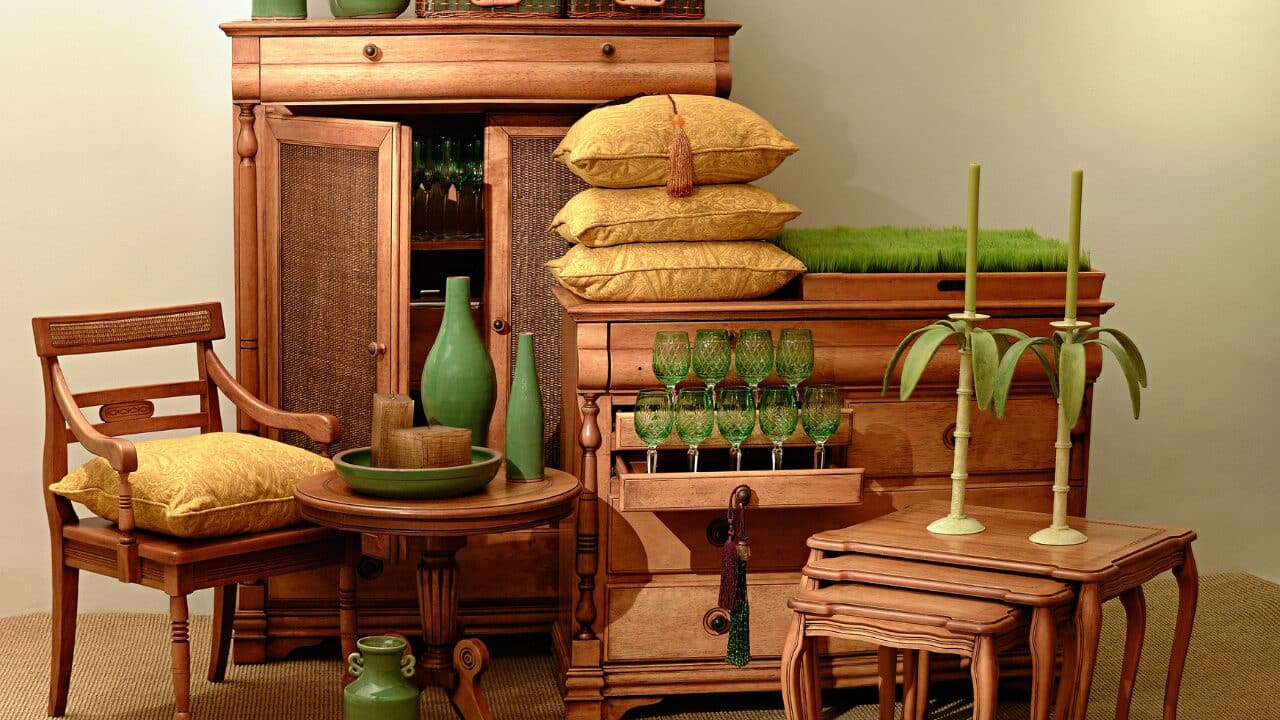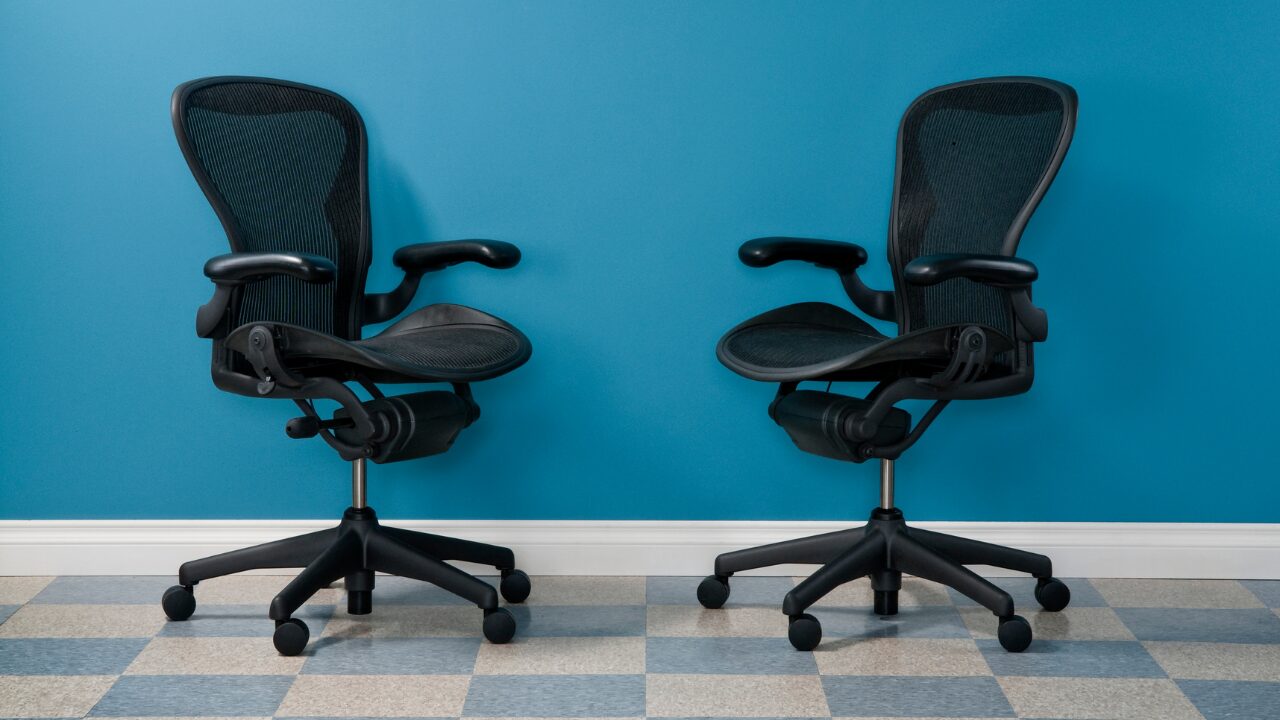In the complicated dance of delicious food and friendly service, there is an important musician who is often overlooked: the designer of restaurant furniture. In addition to their practical purpose, each chair, table, and other piece of furniture in a restaurant tells a story about the food experience. The soft curve of a chair back, the warmth of a wooden tabletop, and the soft glow of ambient lighting all work together to turn a meal into an unforgettable trip.
Restaurant owners can change not only the physical environment but also the emotional landscape by paying close attention to every detail and knowing how space works. They can turn a simple meal into an unforgettable event.
Table of Contents
Understanding Customer Needs and Preferences
To be good at designing furniture for restaurants, you need to understand the different wants and needs of the people who eat there. This needs a multifaceted method, such as surveys, focus groups, and close watching of how customers act. Restaurant owners can make sure that the commercial restaurant furniture they choose fits the likes and preferences of all of their customers by learning about the cultural and demographic backgrounds of their customers.
From sleek simplicity to rustic charm, the range of design trends gives you a lot of room to express yourself, and each one appeals to a different group of people who like to eat. By really getting to know these preferences, restaurant owners can make spaces that not only meet but also go above and beyond what their guests expect. This makes them feel connected and at home, which keeps them coming back again and again.
Elements of Thoughtful Commercial Restaurant Furniture Design
A careful balance between form and function is at the heart of every well-designed piece of restaurant furniture. Ergonomic principles are used to make sure that seating fits the human shape well and is comfortable, so people can linger over their food without being squished. Materials are chosen not only for how they look but also for how long they last and how easy they are to clean. In today’s eating scene, sustainability is becoming an increasingly important factor.
Using recycled metals and recovered wood in the design of a restaurant says a lot about its commitment to both style and environmental responsibility. Using lighting, color, and texture in a planned way can also improve the dinner experience, turning it into a multisensory journey that pleases and interests all the senses.
Impact on Customer Experience
Careful design of restaurant furniture has an impact on more than just looks; it has a huge effect on the whole eating experience. It’s possible for a well-designed space to make people feel nice, close, and at ease, which can lead to precious moments spent with friends and family. Also, smartly placing furniture can lower the noise level and increase privacy, creating an atmosphere that is good for deep talk and relaxation.
Through this, the carefully chosen furniture acts as a silent but strong brand ambassador, leaving customers with lasting memories. By spending money on good design, restaurant owners can make places that not only bring in new customers but also make current customers grateful and likely to recommend the business to others. This helps them stay successful in a market that is becoming more and more competitive.
Challenges and Considerations
Despite its revolutionary potential, restaurant furniture design presents several obstacles. Budget constraints frequently need a delicate balance of quality and affordability, forcing restaurateurs to seek cost-effective alternatives without sacrificing workmanship. Regulatory barriers and compliance requirements make things even more complicated, necessitating a strong eye for detail and a solid awareness of industry standards. The ever-changing landscape of customer preferences needs a willingness to adapt and innovate, lest one fall behind in an increasingly competitive marketplace. However, by viewing these problems as opportunities for growth and innovation, restaurateurs may propel themselves to the forefront of the industry, setting new benchmarks for quality and distinctiveness.
Strategies for Implementing Thoughtful Furniture Design
In managing these complications, teamwork emerges as a critical success factor, with restaurateurs, designers, and manufacturers pooling their knowledge to achieve innovative ideas. By asking feedback from end users throughout the design process, restaurateurs may guarantee that their furniture selections align with their customers’ needs and expectations.
Ongoing maintenance and refurbishment initiatives demonstrate a dedication to excellence, ensuring the longevity of furniture assets. By staying on top of evolving trends and technology breakthroughs, restaurateurs can stay ahead of the competition, always tweaking their products to satisfy customer expectations. Restaurants can create venues that not only satisfy the senses but also nurture the soul, establishing deep connections and enduring memories that remain long after the meal is over.
Crafting Lasting Impressions Through Thoughtful Design
In the ever-changing landscape of hospitality, the creativity of restaurant furniture design demonstrates the transforming potential of intelligent craftsmanship. From the delicate curvature of a chair to the smoothness of a tabletop, every piece in a restaurant acts as a silent ambassador, conveying a sense of warmth, welcome, and belonging.
As we move forward, let us embrace the challenge of creating spaces that not only excite the senses but also nurture the soul, upgrading the dining experience from simply nutrition to a symphony of sensual pleasure. By embracing deliberate design concepts and a collaborative spirit, restaurateurs can build places that inspire, invigorate, and endure, leaving an everlasting impact on their guests’ hearts and minds for years to come.





